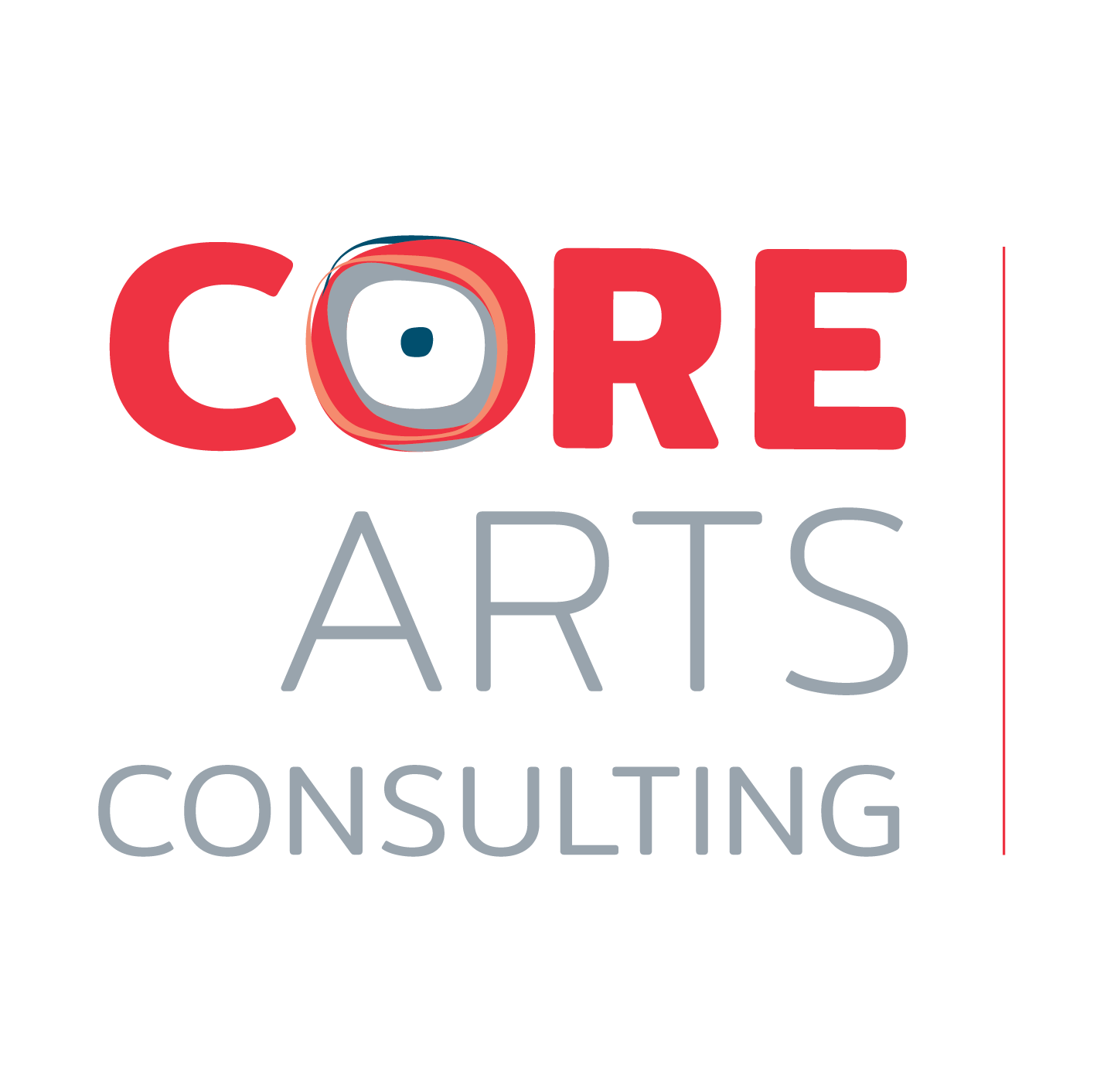by Leslie Cannata Nance
OH, MY ACHING BUM!
Many of you reading this are probably in the same position I am: a public school teacher. If you’re not, you probably have been or you’re thinking about it. Or, you may be reading this just to get a little advice on restarting that engine that got you interested in any type of teaching in the first place. Am I right? Well, if I’m not, you don’t have to keep reading, but I encourage you to do so.
At the beginning of every school year, teachers old and young are asked to sit in the same uncomfortable chairs that our students sit in ALL DAY LONG. If you’re like me you’re thinking, “This sitting all day is the absolute WORST thing about these sessions! Oh, my aching bum!”
So.
Are you expecting your students to do the same thing?
I have no chairs in my music classroom. My students sit in militant and perfectly straight lines measured by magnets on the ceiling spots in the room, where I can have my eyes on them at all times.
Did I mention I teach on a campus where most students don’t eat dinner the night before or are putting themselves to bed at 11:00 p.m. and are being dropped off at daycare at 6:00 a.m.?
I am very serious about my seating arrangements. I guess it should be noted that I have 55 of them at a time, so a little radical organization is imperative to a smooth running classroom. My desk... well, that’s another story…
I see kindergarten through fifth grade every single day; they all come in the room and, after getting a pump of hand sanitizer (did I tell you I’m also a bit of a germ freak??), they all look up at that ceiling and line themselves up accordingly, spread evenly and perfectly across my classroom, legs crossed with their hands in their laps.
It’s actually quite a glorious sight.
*sidenote* If you can get 5-year-olds to sit correctly in your classroom, you can do ANYTHING.
But do I expect them to stay there the entire 55 minutes? I, as a gracefully aging 29-plus-year-old, can’t even sit still for 10 minutes! As I write this, I have moved from 3 different positions - sitting, standing, and walking.
Whether you’re teaching writing, orchestra, private piano, or 55 kindergarteners in general music - those kids have got to get up every once in awhile and have the freedom to MOVE!
Teach them proper transitions, give them seating charts, go over those ways to get in line appropriately...but let them move. Let them stand, let them straighten their legs, let them stretch, let them walk, let them dance, let them jump.
By the way, when you’re in those trainings, you’ll get more out of them if you move, as well. Try it. I guarantee it works.
How much more will your students get if you allow them to do the same?
Leslie Cannata Nance has been performing since she was a small child. With dedication and a lot of hard work, Leslie was given full scholarships to several universities to study music education. Leslie truly lives out her dream job every single day teaching children the love of music and performance. Leslie was hired before her college graduation in Pasadena Independent School District at Richey Elementary School as the Music Coordinator and Choral Director. Here, Leslie was awarded First Year Teacher of the Year. After a move to north Houston in 2009, she became the Music Coordinator and Choral Director at McFee Elementary School in Cypress-Fairbanks Independent School District. At McFee, Leslie revolutionized the music department, as she was the third music teacher hired when the school had been opened for only two years. Leslie gives every student in her classroom the opportunity to perform, as she feels this is one of the most important aspects of elementary music education. When Leslie is not teaching public school, she spends her time teaching private voice, piano, strings, and drama. Leslie welcomes your questions and comments and has many resources she wants to share with you for free (including original musicals)! She can be contacted by email at leslie.nance@cfisd.net or at Facebook.com/mcfeefape











